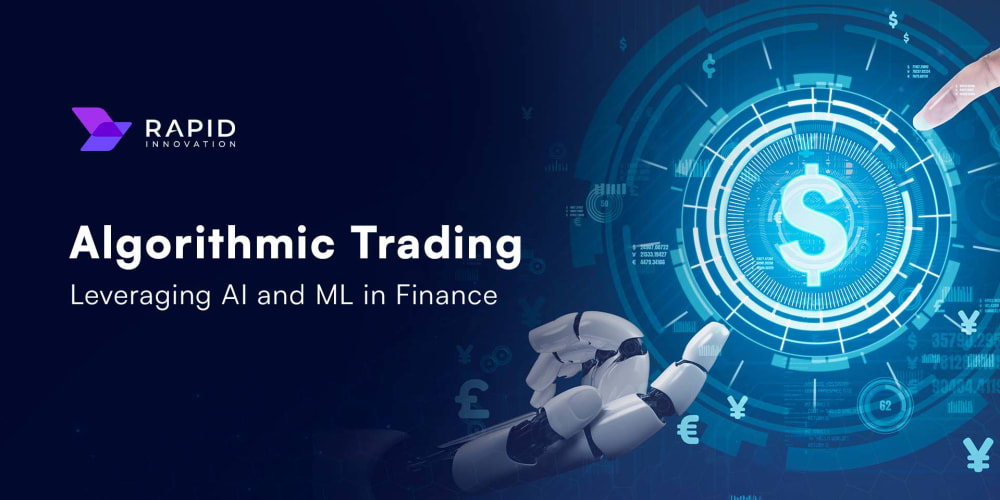In the bustling world of the internet, a quiet revolution was unfolding. Entrepreneurs, writers, and businesses of all sizes were vying for a coveted position—the first page of Google search results. The secret weapon in this digital race? Search Engine Optimization, or SEO.
SEO was more than just a buzzword; it was the art and science of making your website irresistible to Google's search algorithms. Imagine a vast library where millions of books were added daily. Without a reliable system to catalog and retrieve these books, finding the right one would be nearly impossible. Google, with its sophisticated algorithms, was the librarian of the internet, and SEO was the practice of ensuring your book was not only on the shelf but prominently displayed.
The journey of mastering SEO began with understanding how Google worked. In the early days, simply stuffing keywords into your content could trick search engines into ranking your site higher. But Google, ever the diligent librarian, evolved. Its algorithms became smarter, focusing on user experience and content quality. SEO practitioners had to adapt, becoming more strategic and thoughtful.
One of the key elements of SEO was keyword research. This was the process of identifying the words and phrases potential visitors were using to search for content similar to yours. Tools like Google Keyword Planner and SEMrush became indispensable, offering insights into search volume and competition. By understanding what people were searching for, you could tailor your content to meet their needs, aligning your website with both user intent and search engine criteria.
Next came on-page SEO, a meticulous craft of optimizing individual pages on your website. This involved creating compelling meta titles and descriptions, ensuring headers were properly structured, and using keywords naturally within the content. But it wasn't just about keywords. Google valued user experience, which meant your site needed to load quickly, be mobile-friendly, and offer valuable, engaging content.
Then there was off-page SEO, which extended beyond the confines of your website. Building backlinks—links from other reputable sites to yours—was crucial. These were like votes of confidence, signaling to Google that your content was trustworthy and authoritative. Guest blogging, influencer outreach, and creating shareable content were strategies used to earn these valuable backlinks.
Technical SEO, often the domain of web developers, was another critical component. This ensured that search engines could crawl and index your site effectively. It involved optimizing site architecture, fixing broken links, and creating XML sitemaps. Even the smallest technical detail could impact your rankings, making this a vital, albeit complex, part of the SEO puzzle.
As you delved deeper into the world of SEO, you realized it was an ongoing journey rather than a one-time effort. Google’s algorithms were constantly evolving, with updates like Panda, Penguin, and Hummingbird reshaping the SEO landscape. Staying current with these changes was essential. Communities like Moz and Search Engine Land became valuable resources, offering the latest news, tips, and strategies.
One of the most profound shifts in SEO was the rise of content marketing. Rather than focusing solely on keywords, the emphasis was on creating high-quality content that answered users' questions and solved their problems. Blog posts, videos, infographics, and podcasts became powerful tools for engaging audiences and attracting organic traffic. This holistic approach to SEO aligned perfectly with Google's mission to organize the world's information and make it universally accessible and useful.
Another emerging trend was the importance of user signals. Metrics like click-through rates, bounce rates, and dwell time became indicators of content quality and relevance. If users clicked on your site but quickly returned to the search results, it signaled to Google that your content might not be meeting their needs. Therefore, creating engaging, relevant content that kept visitors on your site longer became crucial.
Local SEO also gained prominence, especially for businesses with a physical presence. Optimizing for local search meant ensuring your business appeared in location-based searches, a necessity for attracting local customers. Google My Business became a key tool, allowing businesses to manage their online presence across Google, including Search and Maps.
As you mastered these various facets of SEO, you began to see results. Your website traffic increased, and your rankings improved. But more importantly, you were providing real value to your audience, which was the ultimate goal. The world of SEO was dynamic and challenging, but for those who navigated it successfully, the rewards were substantial.
In this ever-evolving digital landscape, SEO was the bridge connecting businesses with their audiences. It was a testament to the power of knowledge, strategy, and adaptability. As you continued to learn and grow, the lessons of SEO became clear: stay curious, stay informed, and above all, stay focused on delivering value.


















